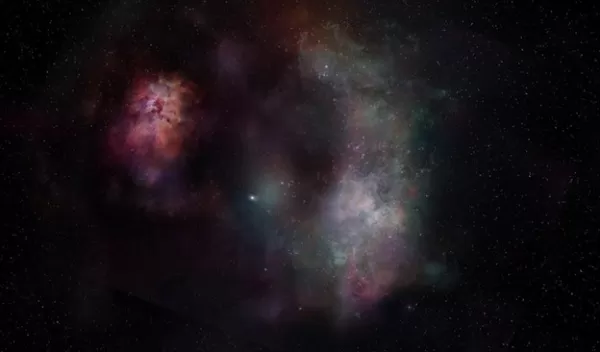
Scientists find water billions of light years away
Scientists at the Atacama Large Millimeter/submillimeter Array, also known as ALMA, studying SPT0311-58 found water and carbon monoxide in the larger of the twin galaxies, nearly 13 billion light years from Earth. The research is the most detailed study of the gas content of a galaxy in the still forming universe, and the most distant detection of water in a star-forming galaxy. The results, partially funded by an award from the U.S. National Science Foundation, were published in The Astrophysical Journal.
"Using high-resolution ALMA observations of molecular gas in the pair of galaxies known collectively as SPT0311-58, we detected both water and carbon monoxide molecules in the larger of the two galaxies,” said astronomer Sreevani Jarugula, the principal investigator. “Oxygen and carbon in particular are first-generation elements, and in the molecular forms of carbon monoxide and water, they are critical to life as we know it."
Carbon monoxide, hydrogen and water are plentiful in the universe. Early in its history, these gases combined with stardust to form planets and galaxies. Learning more about how galaxies of the early universe formed will answer questions about how the universe came to exist, expand and evolve.
"Early galaxies are forming stars at a rate thousands of times that of the Milky Way," said Jarugula. "Studying the gas and dust content of these early galaxies informs us of their properties, such as how many stars are being formed, the rate at which gas is converted into stars, and how galaxies interact with each other and with the interstellar medium."
Jarugula said that the study offers answers to where, and how far away, water can exist in the universe, and has given rise to a big question: How has so much gas and dust assembled to form stars and galaxies so early in the universe? The answer, according to Jarugula, requires further study of similar star-forming galaxies to get a better understanding of the structural formation and evolution of the early universe.


